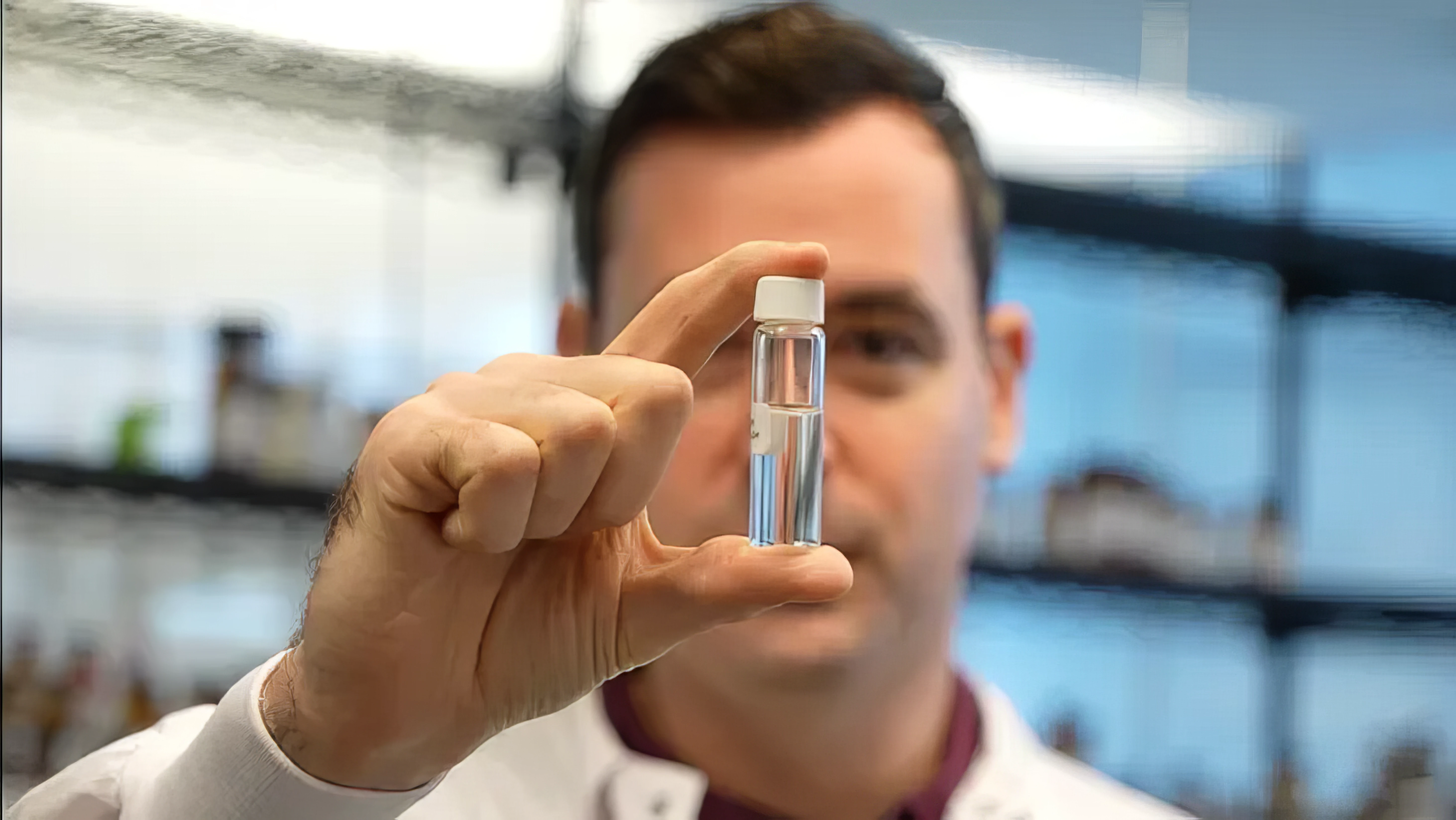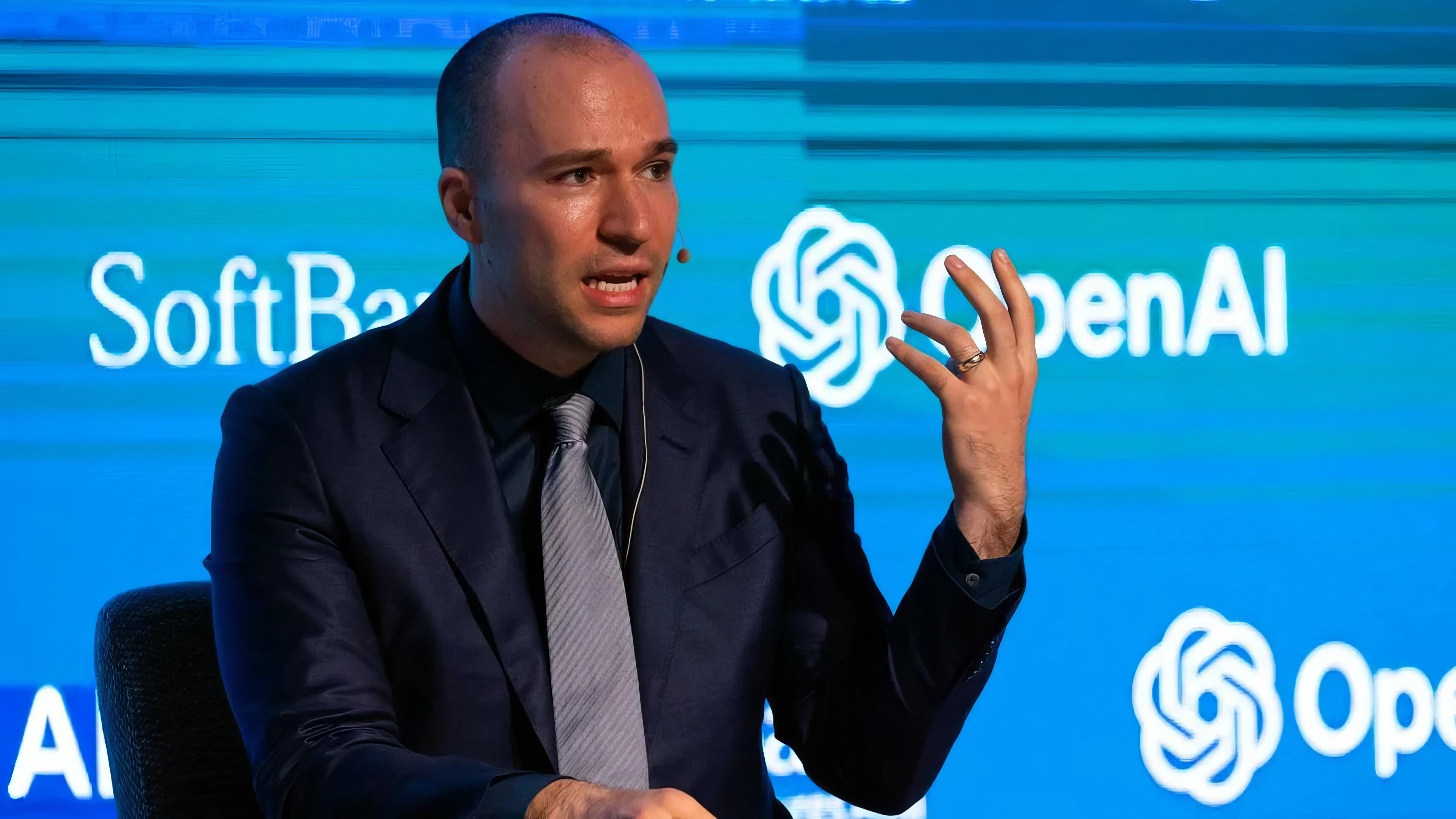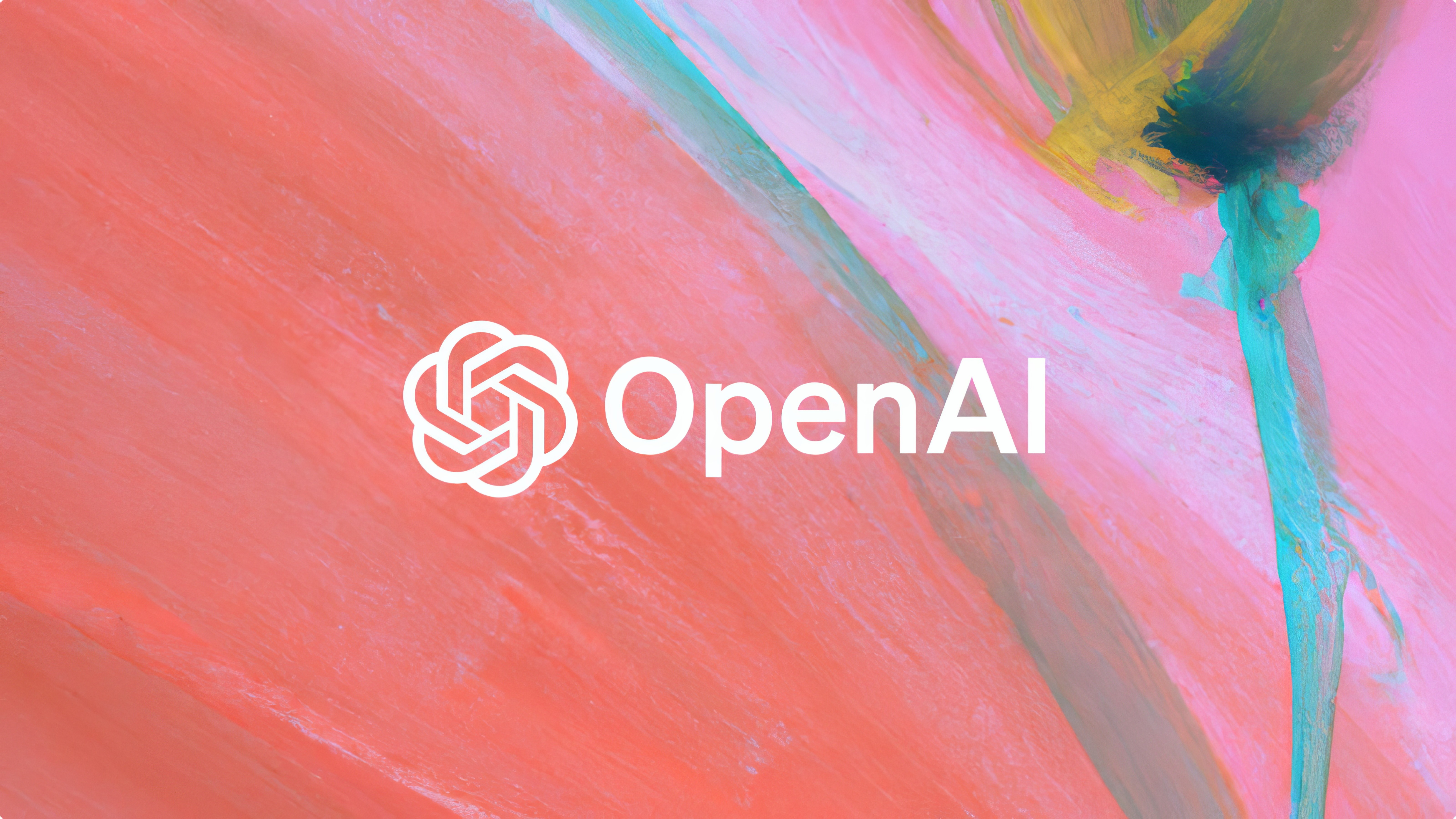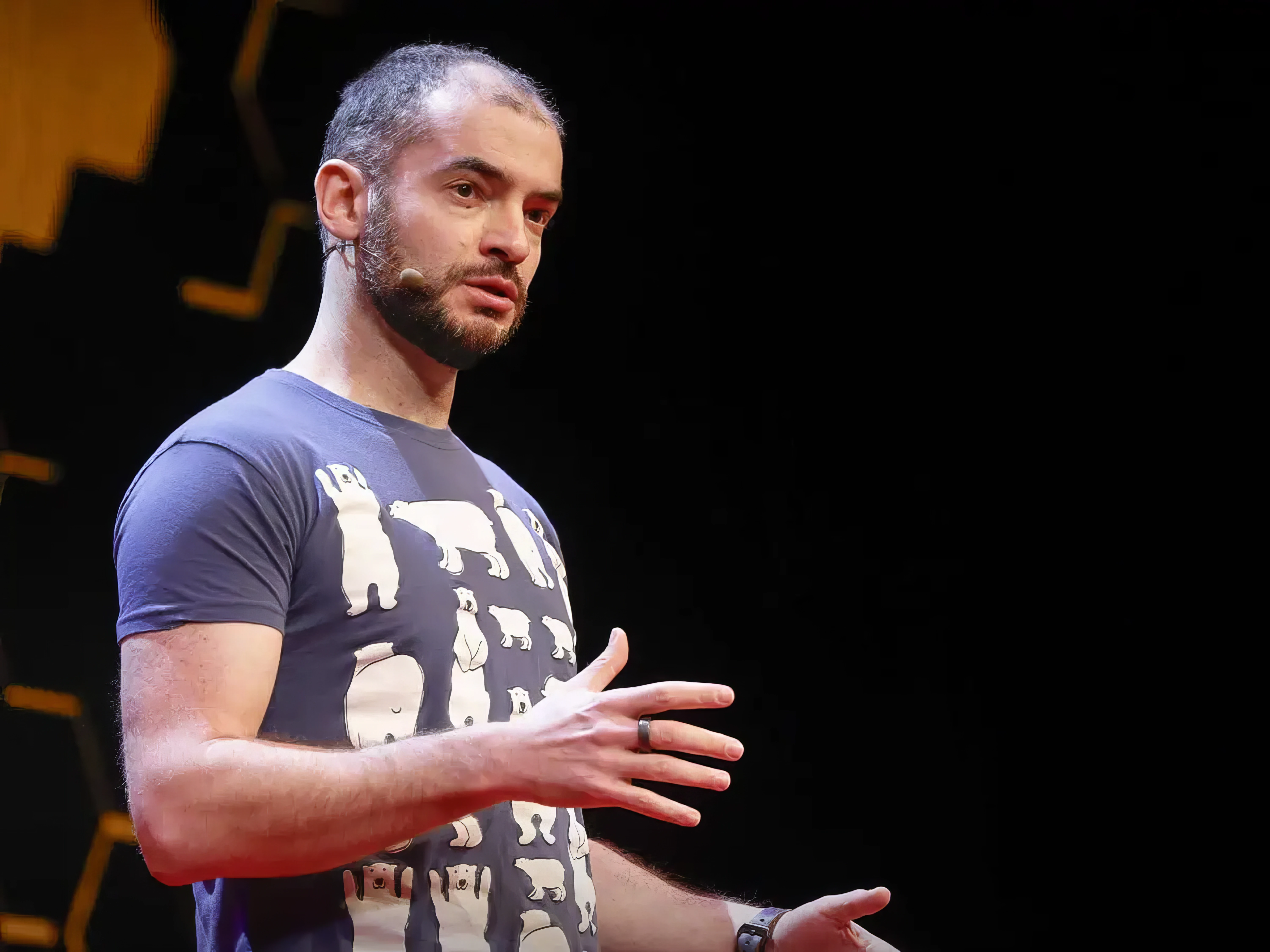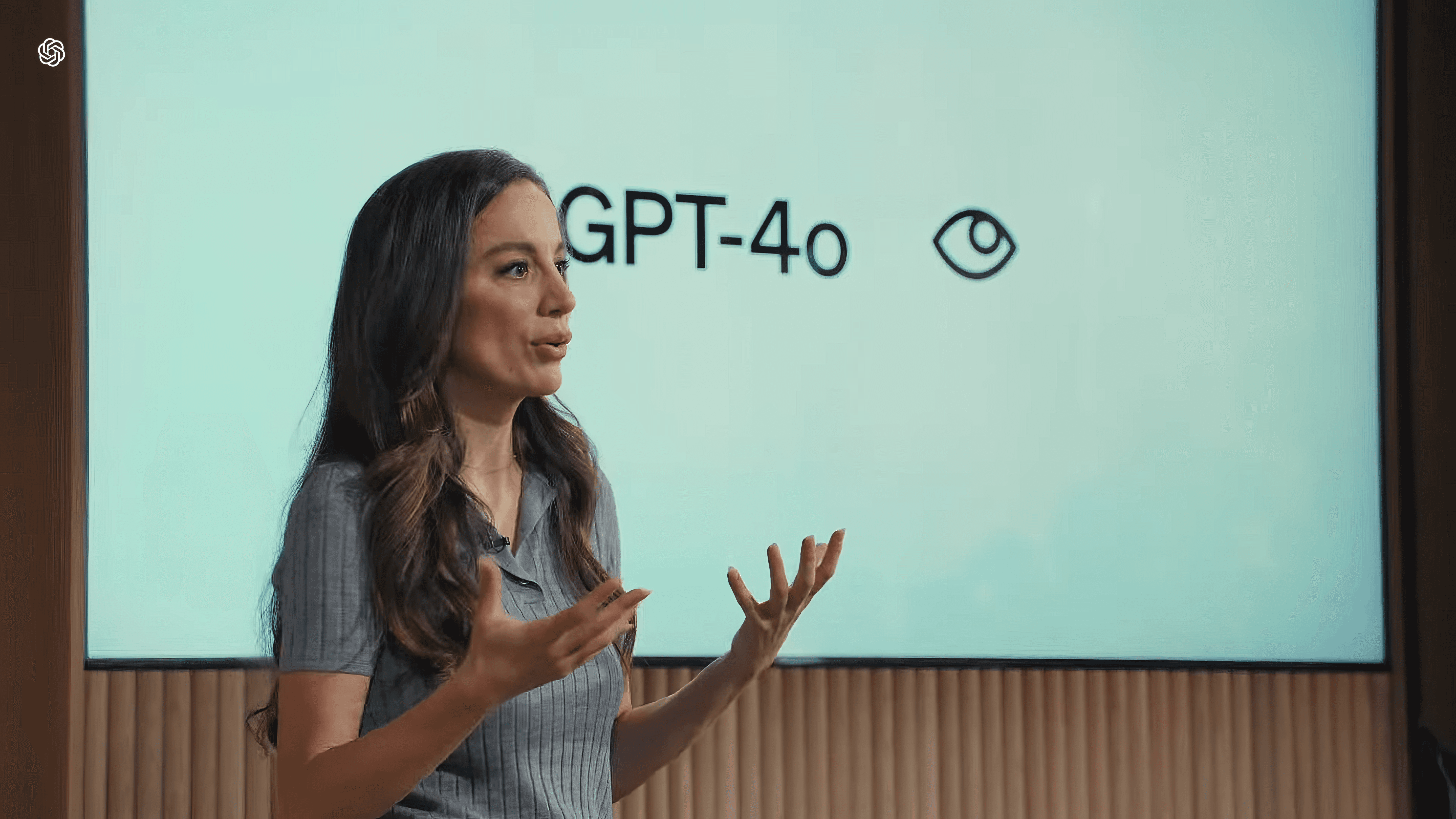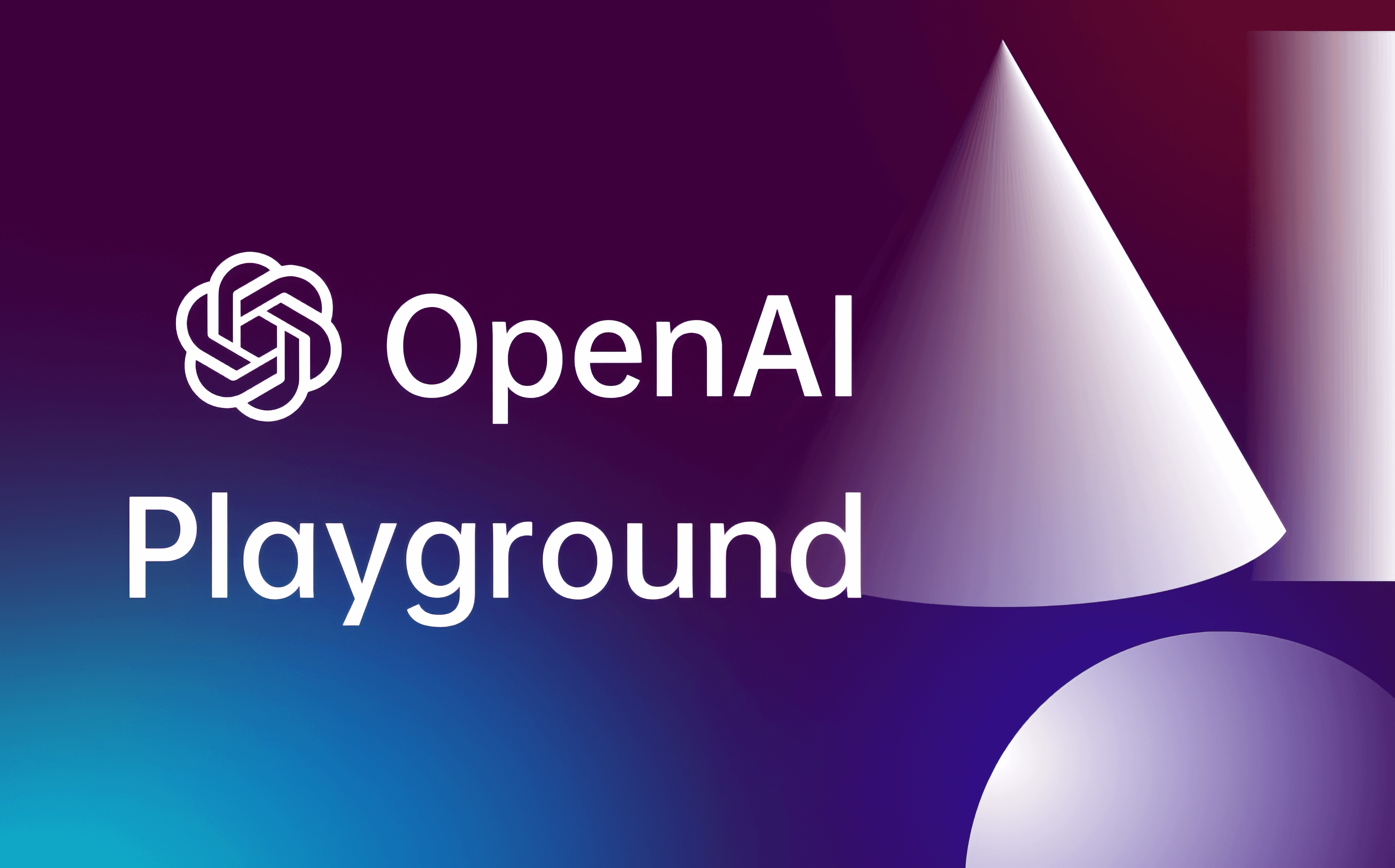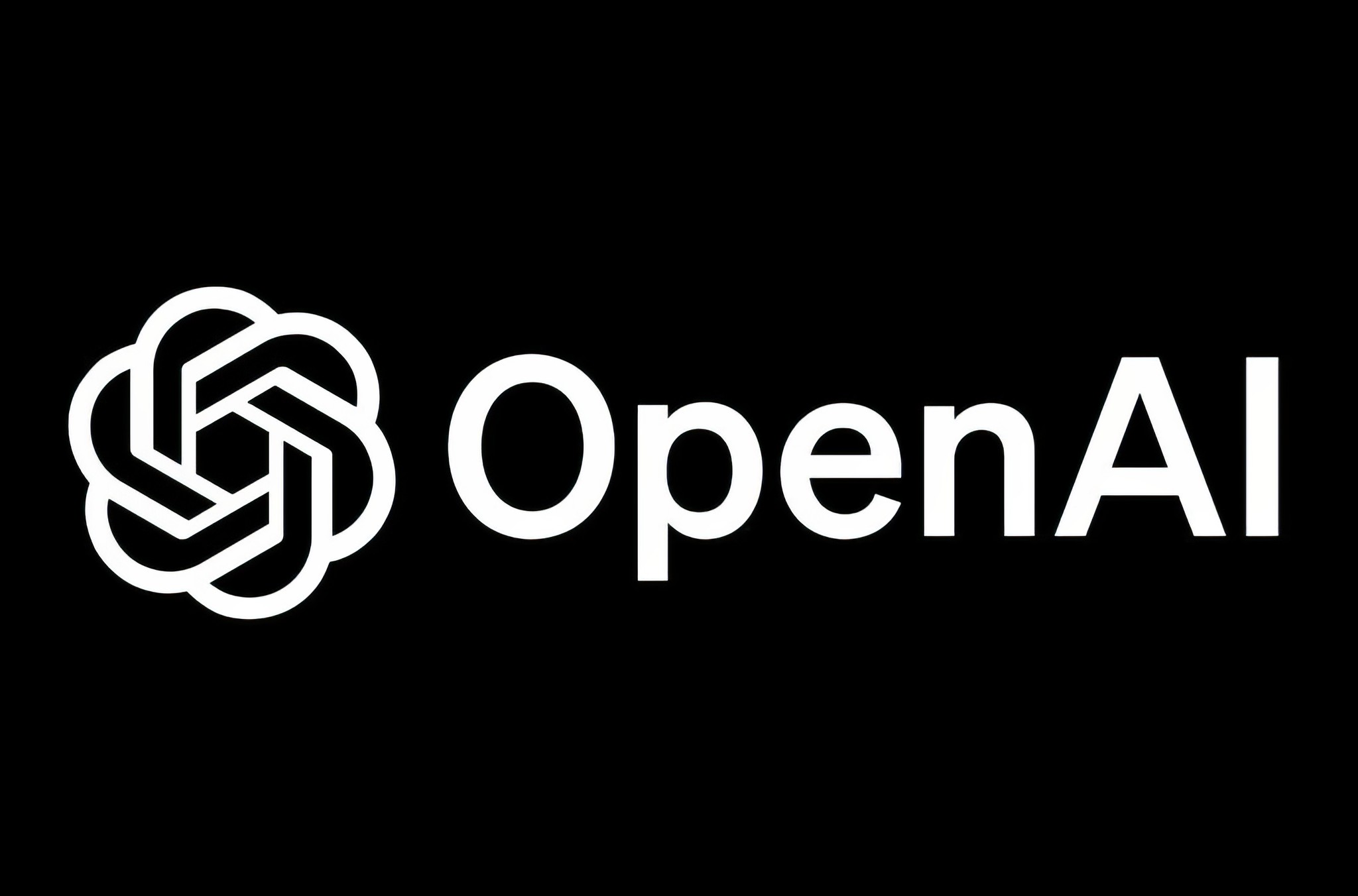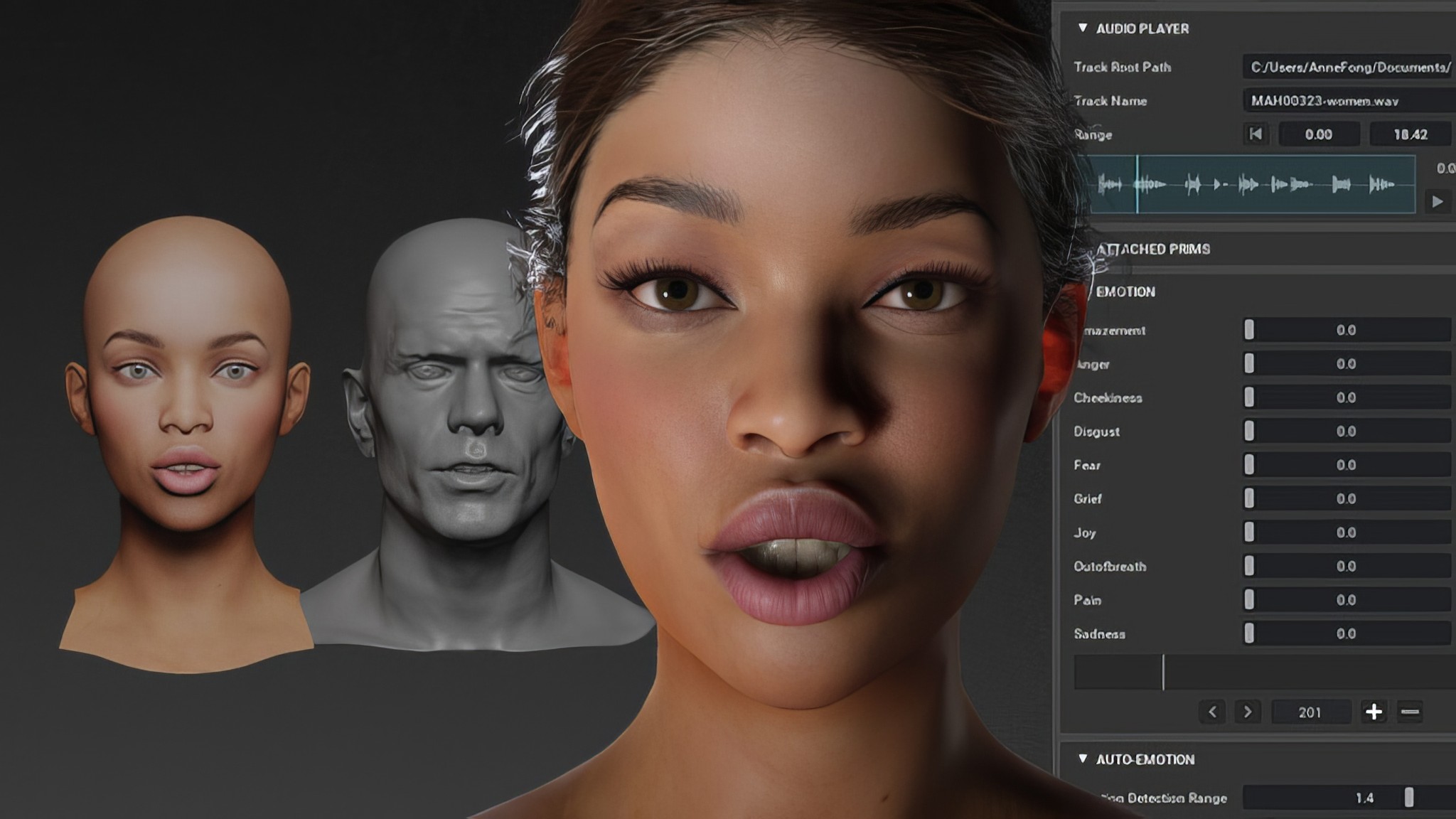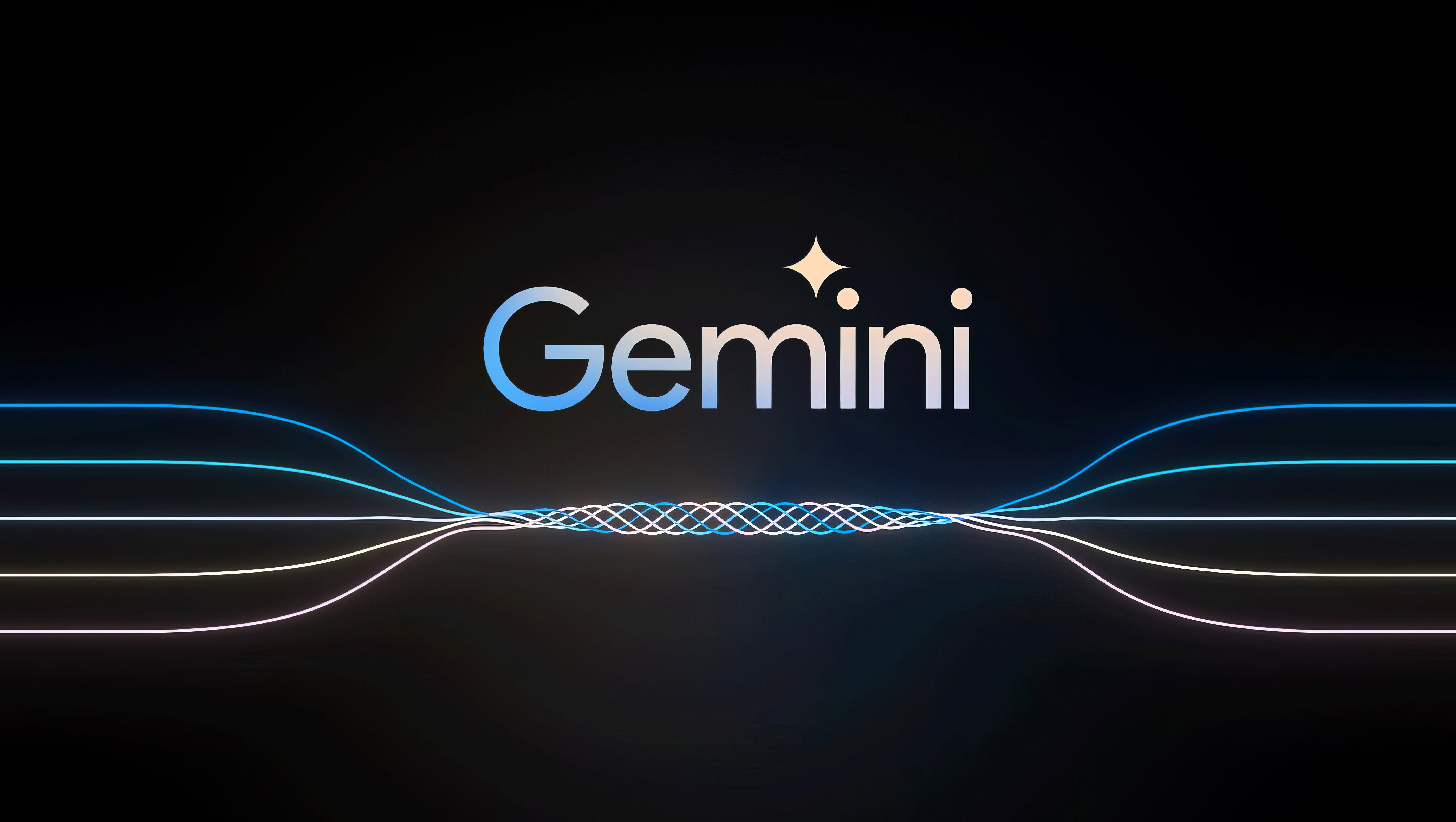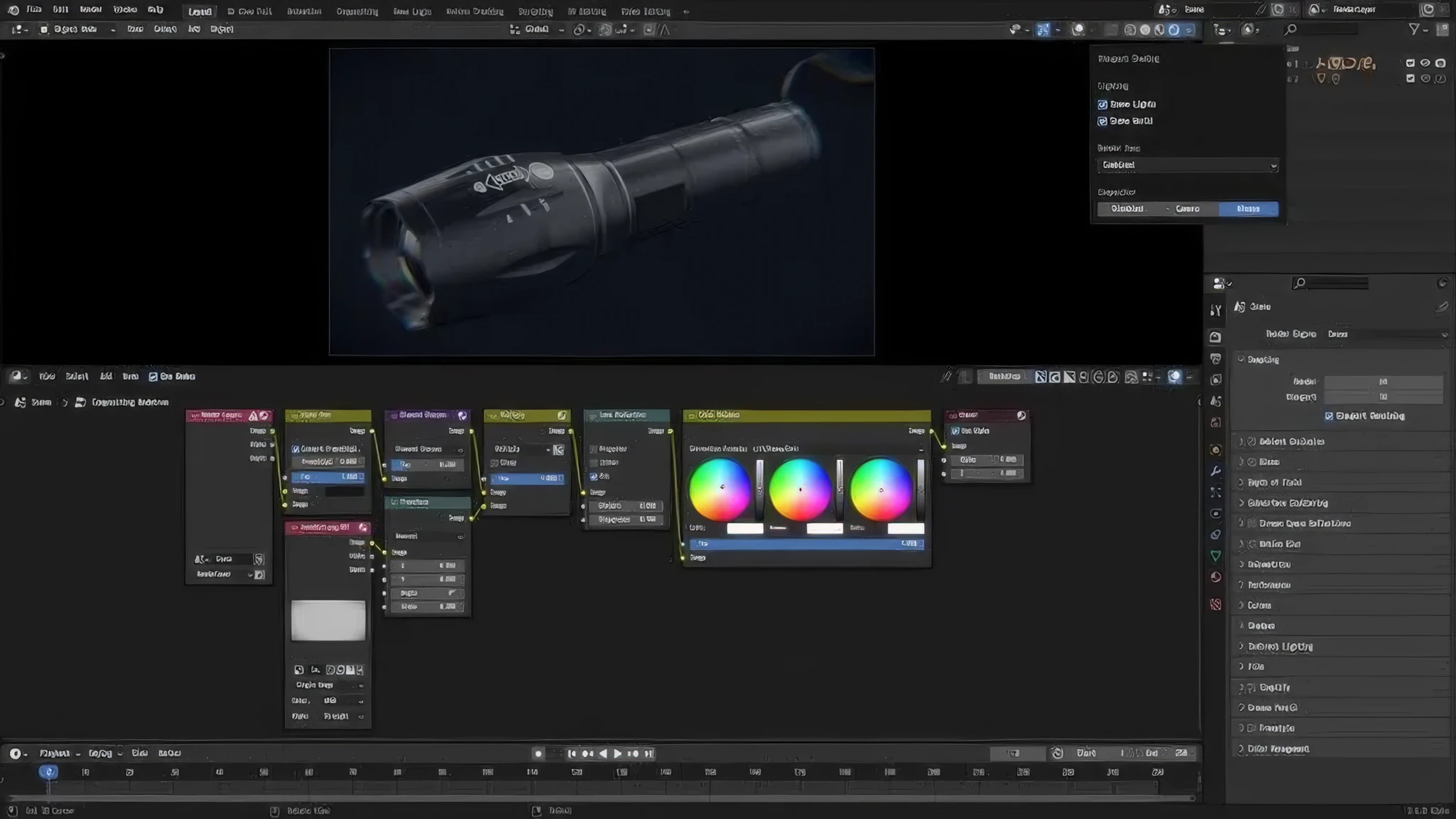[BY]
Dmytro Kremeznyi
[Category]
AI
[DATE]
Dec 16, 2023
As the year 2023 winds down, the realm of artificial intelligence continues to surge forward, and Microsoft Research, renowned for groundbreaking innovations...
As the year 2023 winds down, the realm of artificial intelligence continues to surge forward, and Microsoft Research, renowned for groundbreaking innovations, has taken a significant stride by introducing Phi-2, a small language model (SML) designed to revolutionize text-to-text AI processing.
Phi-2 stands out for its remarkable feat of packing a punch within its compact form. With a modest 2.7 billion parameters, this text-to-text AI program is ingeniously crafted to operate seamlessly on devices as laptops and mobile devices, marking a departure from the dependence on larger, resource-intensive models.
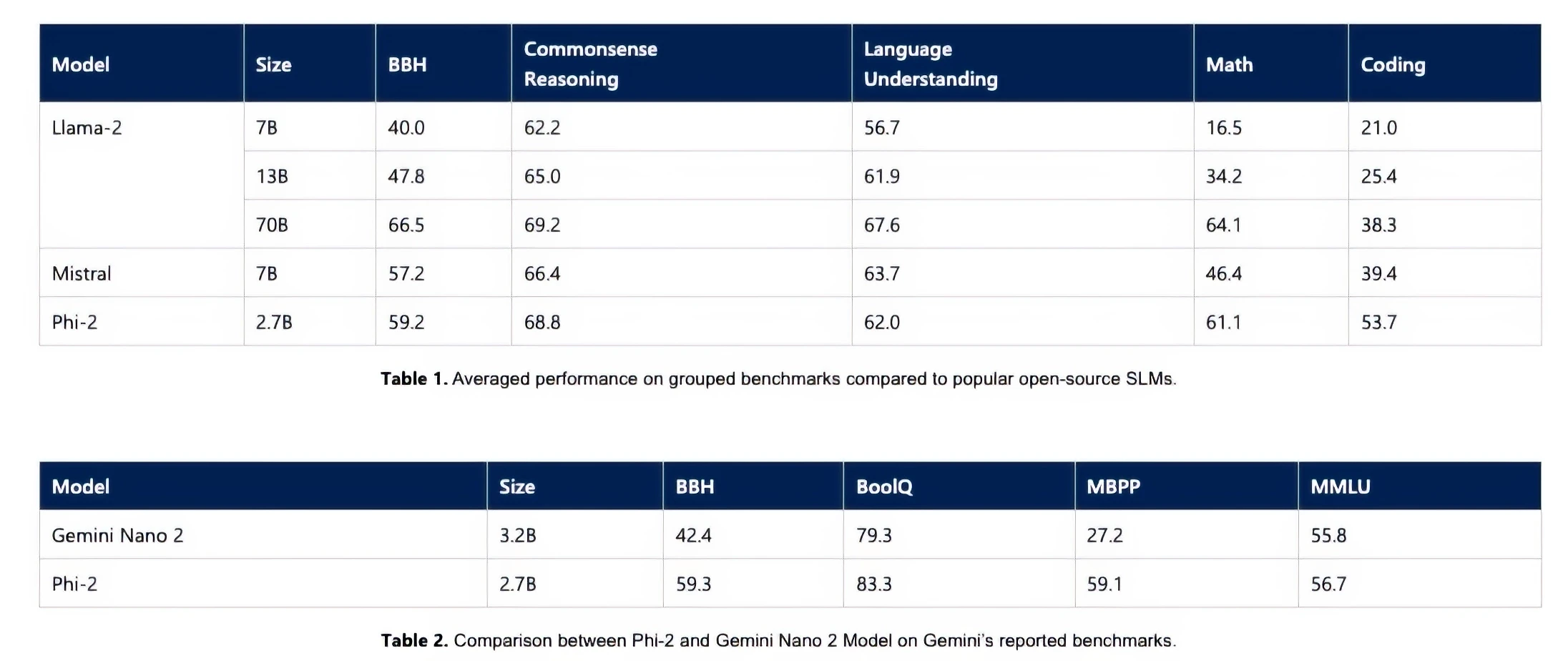
Chart comparing Microsoft Research Phi-2 model to other leading open source and closed source models. Credit: Microsoft Research
What's truly astounding is Phi-2's exceptional performance, which rivals that of considerably larger models. Despite its smaller size, it competes head-to-head with Meta's Llama 2-7B, housing 7 billion parameters, and even challenges Mistral-7B, another 7 billion parameter model, in terms of efficiency and capability.
A notable highlight mentioned in Microsoft's blog post celebrating Phi-2's release is its surpassing performance over Google's Gemini Nano 2. Despite Gemini Nano 2 boasting half a billion more parameters, Phi-2 not only outperforms it but also exhibits reduced toxicity and bias in its responses compared to Llama 2, making it an ethical choice in AI-generated interactions.
Taking a playful jab at Google's acclaimed yet controversial demo of Gemini, where it showcased the prowess of its forthcoming AI model, Gemini Ultra, Microsoft revealed Phi-2's ability to match the performance level demonstrated by Gemini Ultra in resolving complex physics problems and rectifying students' errors using similar prompts. The surprising similarity in outcomes between Phi-2 and the vastly anticipated Gemini Ultra serves as a testament to the efficiency and potential of Microsoft's innovation.

Comparison between Phi-2 (2.7B) and Phi-1.5 (1.3B) models. Credit: Microsoft Research
However, despite its promising capabilities, there's a notable caveat limiting Phi-2's immediate application: its current licensing confines it solely to "research purposes only." Under the custom Microsoft Research License, Phi-2 is exclusively designated for non-commercial, non-revenue-generating research activities. This restriction poses a barrier for businesses seeking to leverage Phi-2 for product development or commercial applications.
The introduction of Phi-2 marks a significant milestone in the realm of small language models, showcasing exceptional performance and ethical AI interactions. While its current limitations pose challenges for immediate commercial use, Microsoft's strides with Phi-2 signify a gateway to further advancements and potential breakthroughs in compact yet high-performing AI models. As technology continues to evolve and shape our future, the developments surrounding Phi-2 hint at a promising trajectory for the landscape of AI applications.
Content




